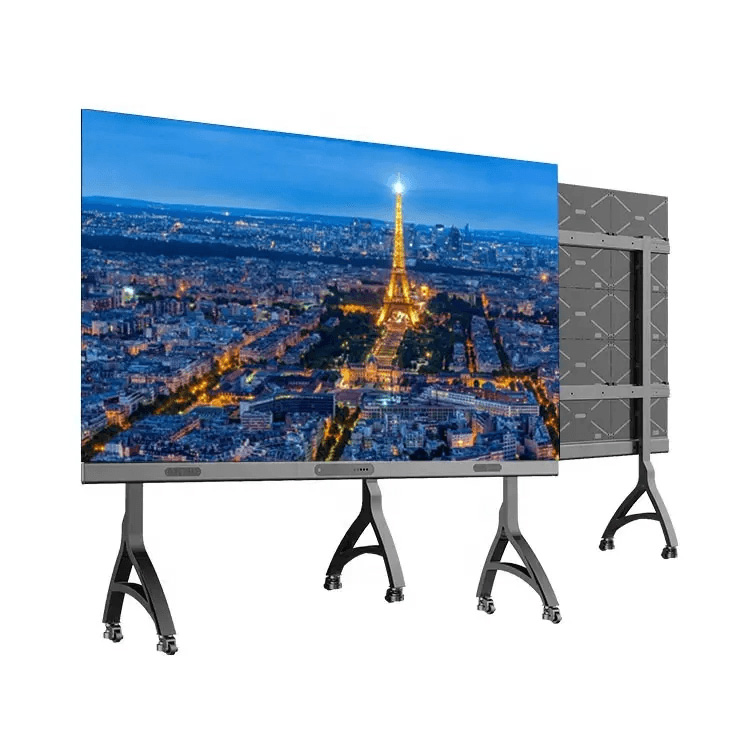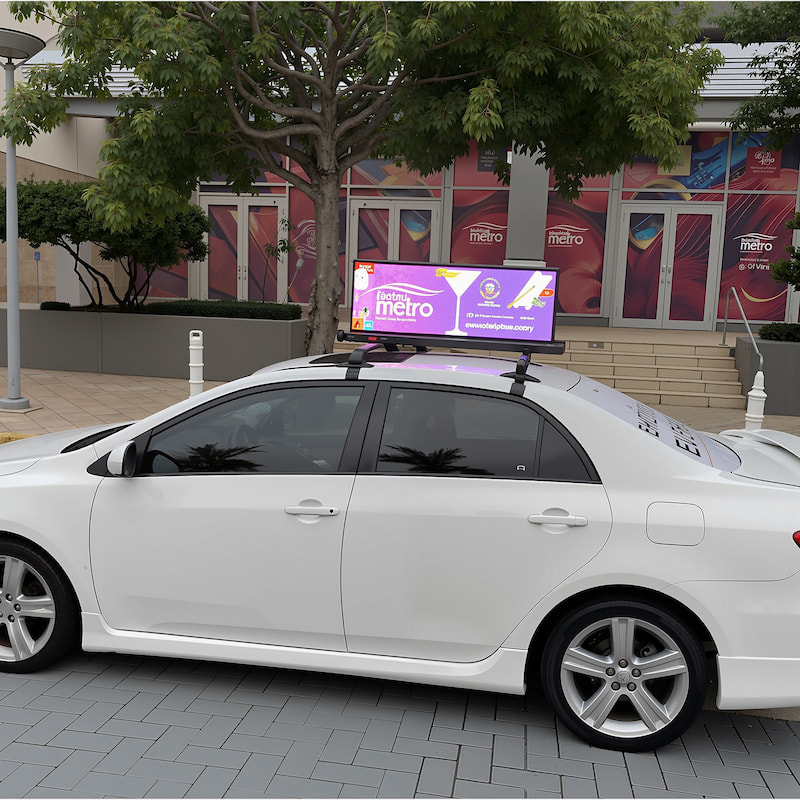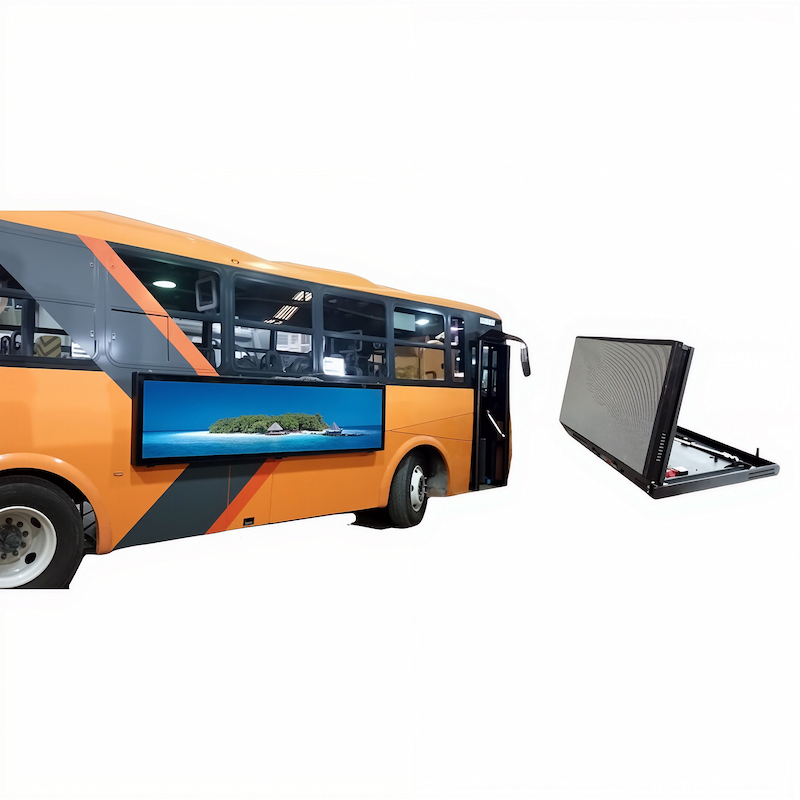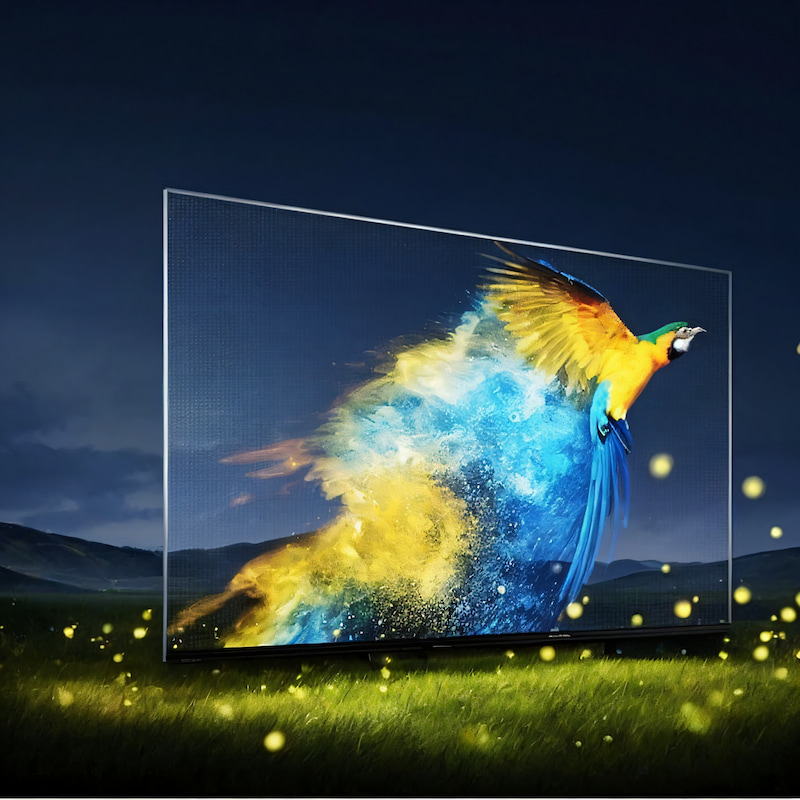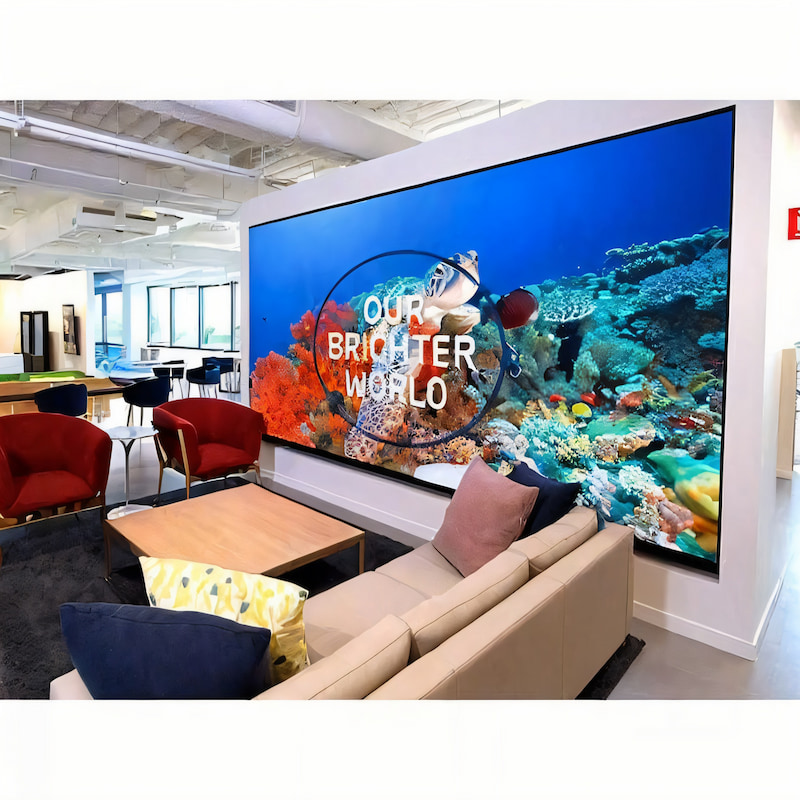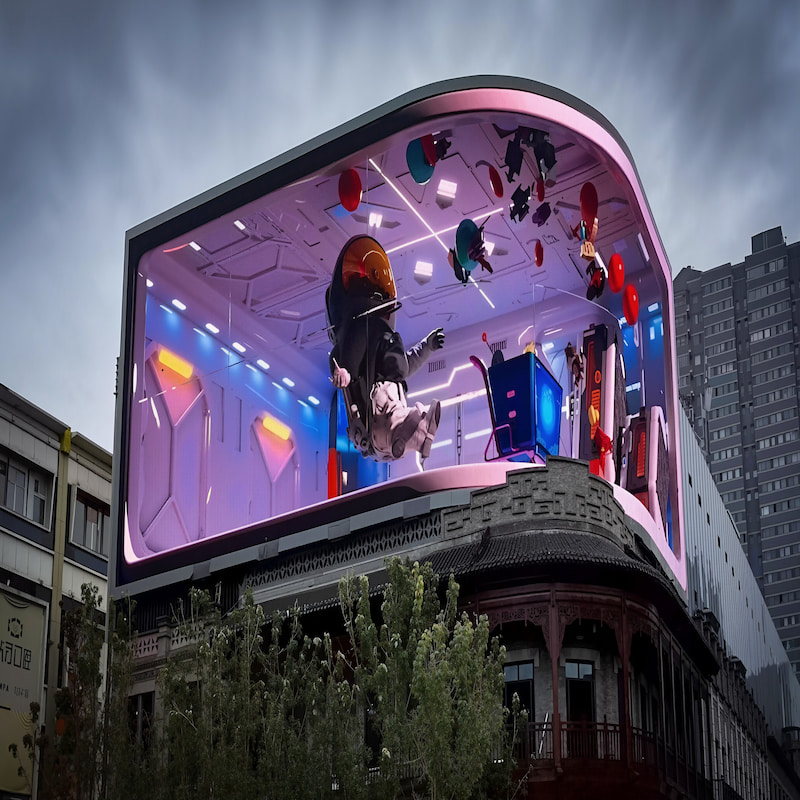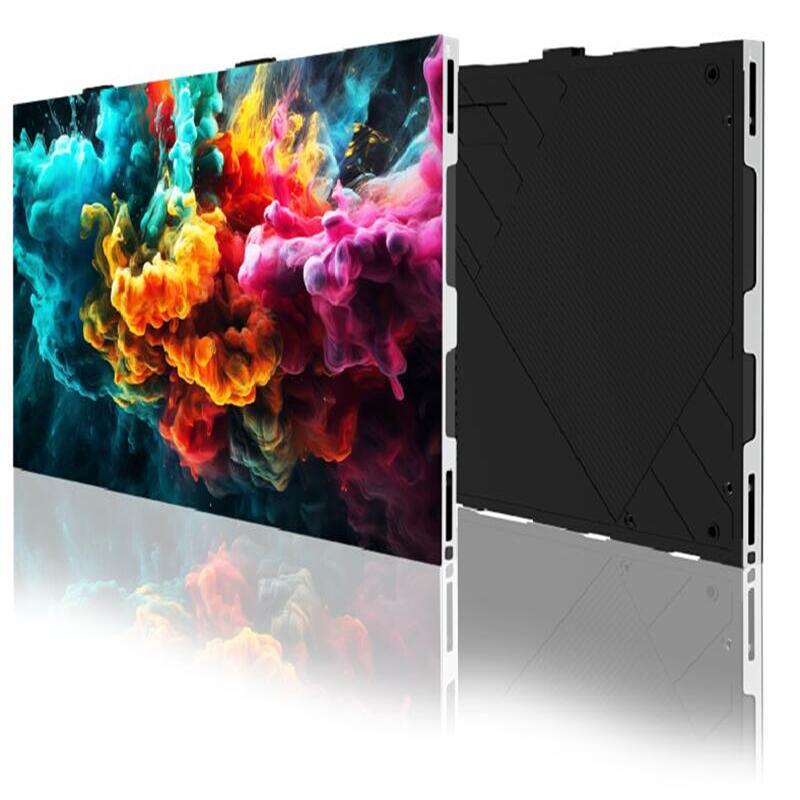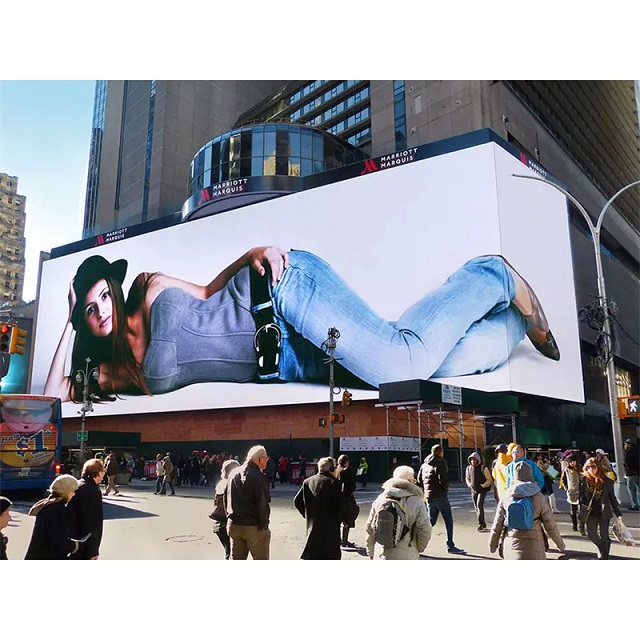With the arrival of the era of commercial display, LED displays, LCD screens, and DLP video walls have emerged as increasingly favored options for numerous advertising companies. They offer the possibility of repeatedly modifying visual effects to present advertisements and other content. In vast shopping malls or open-air spaces, we can effortlessly encounter a diverse array of displays. For instance, during the countdown to the Qatar World Cup, the LED hourglass left an indelible impression upon all those who beheld it; likewise, at live concerts, LED screens have become a ubiquitous presence, ensuring that each and every spectator can easily catch a glimpse of their beloved idols.
So, how do we go about selecting the most fitting solution? Among LED displays, LCD screens, and DLP video walls—which option reigns supreme?
LED displays, LCD screens, and DLP video walls are common display devices used in modern advertising and entertainment industries. Each has its own characteristics and suitable applications, so choosing the right one requires considering multiple factors.
Firstly, LED displays utilize Light Emitting Diodes (LEDs) as display elements, offering high brightness, vivid colors, and high contrast. They are ideal for outdoor advertising due to their visibility even in bright sunlight, excellent waterproof and dustproof properties, and strong resistance to impact. For indoor settings like shopping malls or conference rooms, indoor high-definition LED displays with higher pixel density provide a better visual experience.
In contrast, LCD screens use liquid crystal technology to produce images with high resolution, color accuracy, and wide viewing angles. They are suitable for indoor environments such as TVs, computer monitors, etc., with low power consumption, long lifespan, and lightweight design. However, LCD screens may lack in contrast and black representation compared to LED displays.
DLP video walls employ digital projection technology to create bright, colorful, and high-contrast images, making them suitable for large-scale events and stage rentals. They offer fast response times and high refresh rates for smooth dynamic visuals, but installation and maintenance can be more complex and costly compared to LED and LCD displays.

When choosing between them, factors to consider include the environment (indoor or outdoor, lighting conditions), usage requirements (static images, dynamic videos, interactive content), budget, and maintenance considerations.
If you need to install a screen outdoors in a large shopping mall to advertise your company's products and brand, an outdoor LED display is the best choice. Here's why:
- High brightness and durability: Outdoor LED displays offer sufficient brightness to ensure visibility in sunlight and have excellent waterproof, dustproof, and impact-resistant properties.
- Vibrant colors and long lifespan: LED displays provide vivid colors and have a longer lifespan, reducing the frequency of replacement and maintenance.
- Customizable sizes: LED displays can be customized to fit various advertising needs, enhancing flexibility.
- Ability to display dynamic content: LED displays can showcase both static and dynamic content, increasing engagement and attracting attention.
LED displays have a wide range of applications in modern society, including but not limited to:
-
Outdoor Billboards: LED displays are widely used in outdoor advertising billboards, such as shopping malls, sports venues, and stations, due to their high brightness and long-distance visibility.
-
Indoor Advertising Screens: LED displays are also common in indoor environments such as shopping malls, large event venues, and cinemas, used to display advertisements, information, or provide entertainment content.
-
Stage Background Screens: LED displays are widely used in performing arts venues such as concerts, performances, theaters, etc., to create colorful stage background effects.
-
Information Display Screens: LED displays are used for information dissemination in public places such as stations, airports, schools, etc., to display timetables, flight information, class schedules, etc.
-
Sports Venue Screens: LED displays are widely used in sports venues to display match data, replays, sponsor advertisements, etc.
-
Commercial Display Screens: LED displays are used for commercial displays, such as product displays in shopping malls, and exhibits in exhibition venues.
-
Outdoor Event Screens: In outdoor events such as music festivals, celebrations, etc., LED displays are used as background screens on stage to display performance content.
In conclusion, LED displays are the ideal choice for outdoor advertising in large shopping malls, effectively capturing customer attention and enhancing advertising effectiveness.LED displays, as an important tool for information display and dissemination, will continue to expand their application scenarios and innovate and progress technologically.

Shenzhen Mykas Technology Co. Ltd emerges as a pioneering high-tech enterprise dedicated to the comprehensive spectrum of LED display solutions. Our core competencies encompass cutting-edge research and development, precision manufacturing, adept sales strategies, and impeccable service delivery. Should you require a seamless suite of LED display solutions or seek resolution to any post-purchase inquiries, our adept team stands poised to assist you. Engage with us today to unlock the epitome of professional excellence in LED display technology.



 language :
language :










